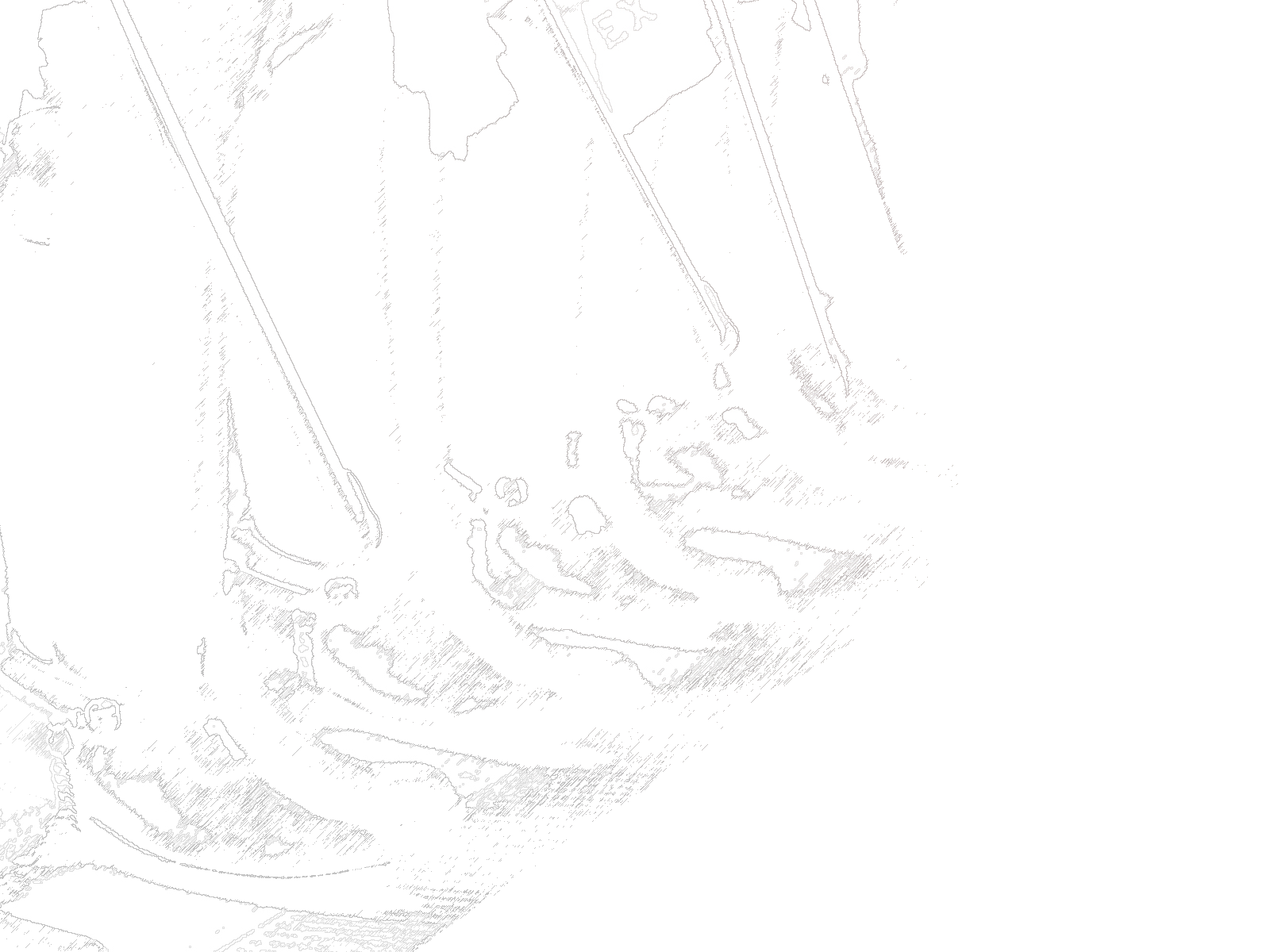My column for the Washington County Daily News is online and in print. Here’s a little snippet.
When a traditional college decides to close the campus and provide all of their education online, they are changing the value proposition of the education they are offering. The students are still paying for all of the amenities that sit empty and unused. The only thing that the students are getting for their money is the education provided through a computer screen as they sit alone in a dorm, apartment, or at home. If that is the case, then why are they paying so much? How is the education provided by UW-La Crosse or Marquette University any better than the education provided by tenured online universities like Capella University or the University of Phoenix? If universities are to be judged solely by the quality of the education they are providing through their online portals, then many traditional universities will struggle to differentiate themselves without being able to use their beautiful campuses to lure students.
The longer that universities forgo access to their campuses and deliver learning only online, the more students will shop around for their college experience. While a student may not be able to put a proper price on sitting on UW-Madison’s Memorial Union Terrace tapping out a research paper with an eclectic guitar player strumming nearby, that student can certainly put a price on sitting in their bedroom listening to a lecture on their computer.
The great commoditization of education happens when the intangibles of campus life are squeezed out and students are left to simply decide if taking Math 240 from Online University A is better or worse than that offered by Online University B. As traditional colleges underwrite the move to online education and close off their campuses, they are hastening their own decline.
